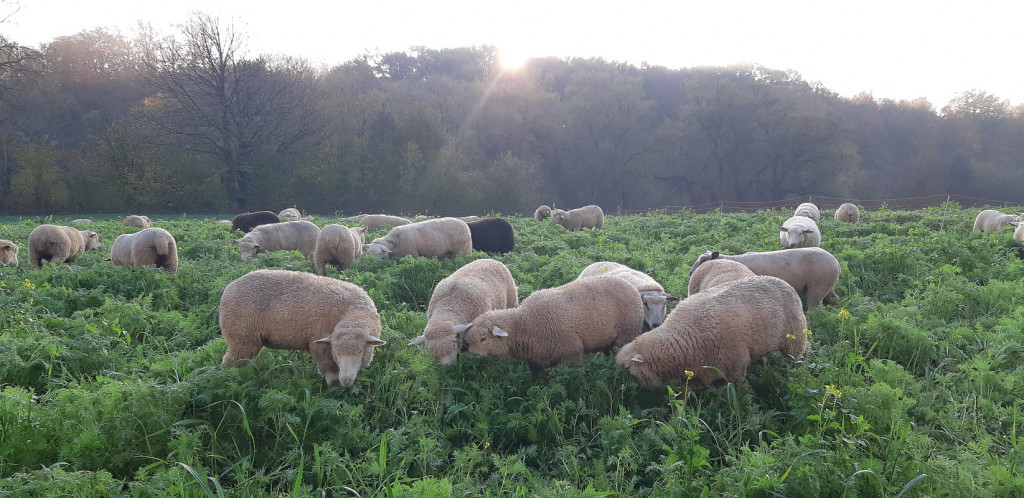This project, which addresses the problem of importing protein to dairy cattle, particularly in the form of soya, highlights the environmental benefits and economic status quo of farming with greater autonomy.
As part of this project, the year 2020 saw the collection, standardisation and validation of a dataset involving 217 farms from the four project catchment areas (Lorraine, Wallonia, Luxembourg, Rhineland-Palatinate, Saarland).
Two original methodologies for estimating protein autonomy, adapted from partner methods to make them applicable to agricultural accounting data, were adopted:
- the first is based on the protein intake of cattle,
- the second is based on the protein actually valorised.
The difference between these two methods enables an estimation of the amount of untapped or "surplus" protein. These calculations can now be automated in agricultural accounting, as will soon be the case at Elévéo, in the Walloon area.
The effect of management factors and the link with environmental and economic factors were also studied on the basis of this dataset.
The results show that protein autonomy is associated with better environmental performance related to the farm surface (nitrogen and carbon balance), without compromising economic performances. To improve their protein autonomy, farms can concentrate their efforts on reaching a compromise in dairy productivity, by maximising the use of grass and reducing the use of concentrates.
In addition to these statistical approaches, a list of 31 promising innovations has been finalised in order to potentially improve protein autonomy, based on an extensive literature review and interviews with farmers and experts.
13 innovations and 2 good practices were subsequently studied in detail. These will be illustrated in the form of technical leaflets for farmers. The project, which has been granted an extension until June 2022, also includes plans to model the impact of the selected innovations, to analyse protein autonomy as an indicator of ammonia emissions, and to study its relationship with the competition between human food and animal feed.








